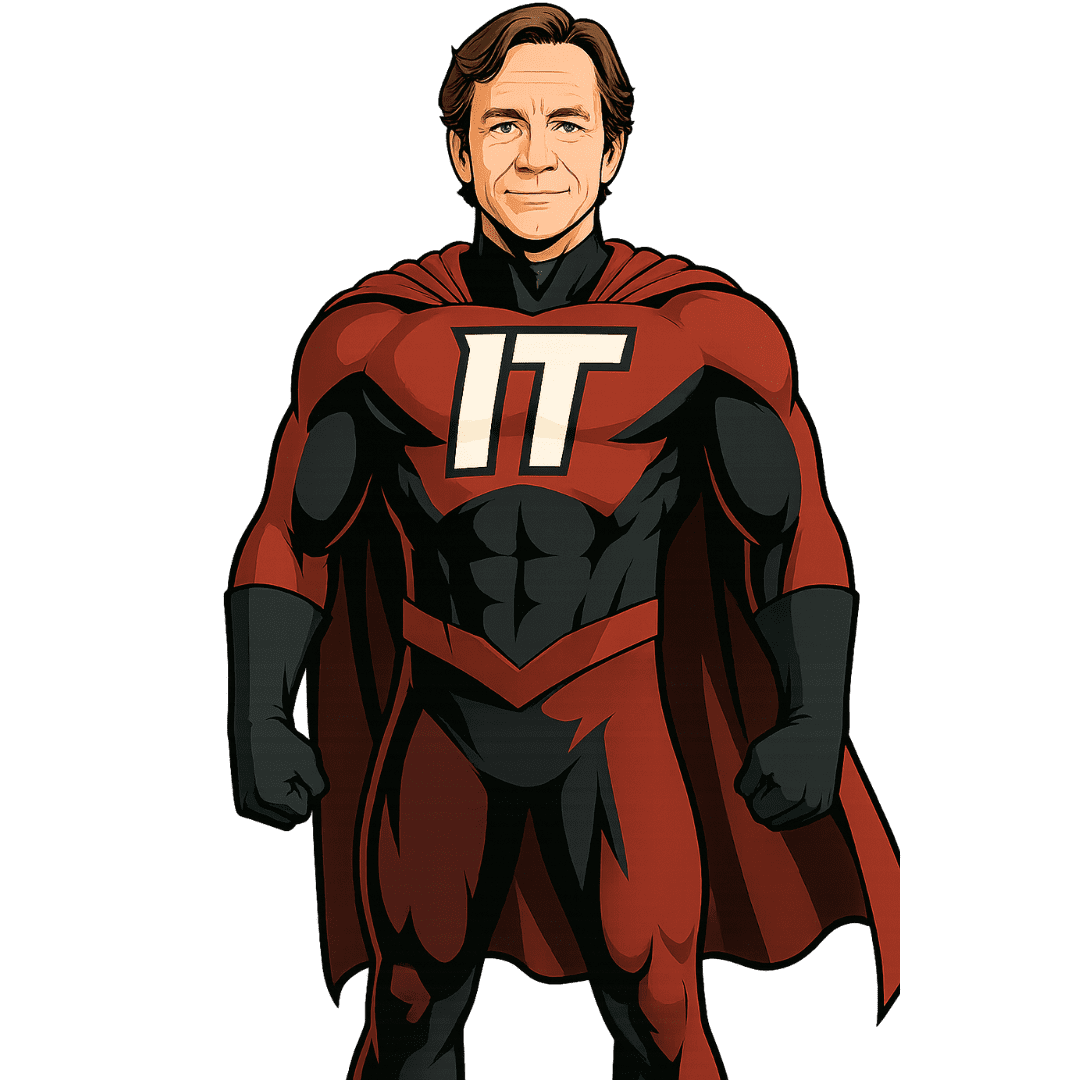In an era dominated by digital technology, businesses across all sectors recognize the importance of robust, efficient, and secure IT operations. From safeguarding crucial data to improving network performance or maintaining hardware and software, IT has indeed become a cornerstone for smooth business operations. However, managing these intricate tasks internally can be both costly and time-consuming. This is where the concept of managed IT services steps in. Learn some of the best practices for improving IT efficiency in this guide.

6 Steps to Improving IT Efficiency with Managed IT Services
Managed IT services allow businesses to outsource their IT operations to an external, specialized provider, known as Managed Service Providers (MSPs). These MSPs shoulder the responsibility of monitoring, managing, and resolving IT issues, providing businesses with the opportunity to increase efficiency, reduce costs, and stay ahead of the competition. In this comprehensive guide, we’ll delve into some of the best practices for improving IT efficiency with managed IT services.
Step 1: Identify Your IT Needs
The journey towards maximizing efficiency with managed IT services begins with understanding your unique IT needs. This process includes identifying the hardware and software your business relies on, understanding the type of data your business handles, and pinpointing any industry-specific technology requirements. Once you have a clear picture of your IT landscape, you can determine which areas would most benefit from managed services.
Step 2: Choose the Right MSP
It’s essential to understand that not all MSPs are created equal. Some specialize in specific industries or types of technology, while others offer a broader range of services. While choosing an MSP, consider factors such as their experience, expertise, customer reviews, and the range of services they offer. The right MSP will be able to customize their services to meet your specific needs, contributing to your business’s overall efficiency.
Step 3: Define the Scope of Service
After selecting an MSP, the next step involves defining the scope of their service. This step requires determining what tasks they will handle, how often they will perform these tasks, and what level of support they will provide. It is crucial to discuss these details thoroughly with your MSP, ensuring that they can meet your expectations and contribute to your business’s efficiency.
Step 4: Implement the Service
With a defined scope of service, it’s time to implement the managed IT service. This process typically involves installing specific software, setting up hardware, and configuring network settings. During this phase, your MSP should guide you through each step, providing support as needed and ensuring a smooth transition.
Step 5: Regular Training and Updates
To ensure that your team is up-to-date with the new systems or software, regular training sessions are crucial. Your MSP should offer these sessions to ensure your staff can effectively use the systems in place. Additionally, regular updates for software and hardware should be part of the package. These updates keep your systems running smoothly and securely.
Step 6: Monitor and Evaluate Performance
After implementing the service, it’s vital to monitor and evaluate the performance of the managed IT services regularly. This monitoring can help identify any issues early on and enable necessary adjustments. Your MSP should provide regular reports and updates on their performance, allowing you to assess their effectiveness and contribution to your business’s efficiency.

Wrapping Up – Best Practices for Improving IT Efficiency
Managed IT services offer an effective solution for businesses seeking to maximize efficiency in their IT operations. Through identifying your IT needs, choosing the right MSP, defining the scope of service, implementing the service, conducting regular training and updates, and monitoring performance, you can capitalize on the benefits of managed IT services and focus more on running your business.
Remember, the goal is not just to outsource your IT tasks but to build a strategic partnership with an MSP that understands your business and contributes to its success. With the right approach, managed IT services can be a powerful tool for business growth and efficiency.

 Tom Kirkham brings more than three decades of software design, network administration, and cybersecurity knowledge to organizations around the country. During his career, Tom has received multiple software design awards and founded other acclaimed technology businesses.
Tom Kirkham brings more than three decades of software design, network administration, and cybersecurity knowledge to organizations around the country. During his career, Tom has received multiple software design awards and founded other acclaimed technology businesses.
